Predictive AI is a sophisticated form of artificial intelligence. Using historical data, statistical algorithms, and machine learning techniques, it can identify patterns to forecast future outcomes with remarkable accuracy. Unlike traditional reactive approaches, predictive AI empowers businesses and individuals to anticipate what’s coming next, driving proactive strategies that can prevent problems, capitalize on opportunities, and optimize resources.
In today’s increasingly data-rich world, the importance of predictive AI only continues to grow. Its ability to extract meaningful insights and actionable predictions from data has become a competitive necessity. Organizations that use AI to accurately forecast trends and outcomes are positioning themselves for sustained success in an unpredictable business landscape.
How does predictive AI work?
Predictive AI involves a sophisticated interplay of several cutting-edge technologies and methodologies that work together to transform raw data into valuable forecasts. But the core of predictive AI lies in machine learning, a process by which systems automatically learn and improve from experience without being explicitly programmed for every scenario. This process begins with data collection, gathering relevant historical information from various sources, such as databases, sensors, customer interactions, market trends, and external data feeds.
Once collected, the data undergoes extensive preprocessing and cleaning to ensure quality and consistency. Next comes data modeling, where sophisticated algorithms analyze the relationships between different variables and identify patterns that might not be immediately apparent to human analysts. Then pattern recognition algorithms scan through vast datasets to detect recurring trends, seasonal variations, correlations, and anomalies that could indicate future outcomes.
Machine learning models — whether linear or logistic regressions, neural networks, decision trees, or ensemble methods — are trained using this historical data to understand the underlying relationships between inputs and outcomes. These models continuously refine their understanding as they process more data, becoming increasingly accurate over time. By recognizing subtle signals and complex interdependencies that contribute to specific outcomes, they learn to make predictions about similar situations in the future.
When it comes to large datasets, predictive AI uses advanced computational techniques to process enormous volumes of information efficiently, such as distributed computing, cloud-based processing, and parallel algorithms. Modern predictive AI systems can analyze terabytes of data in real time, providing instant insights for even the most data-intensive applications. With the help of big data technologies, these systems can continuously ingest new information, update their models, and refine their predictions as new patterns emerge.
Use cases for predictive AI
Predictive AI has applications across virtually every industry, delivering tangible benefits and transforming traditional business operations. Here’s a look at how predictive AI is making the biggest impact across four key sectors:
Healthcare
- Disease prediction: Analyzing medical records, lab results, and lifestyle factors to predict onset of disease and potential complications
- Patient care optimization: Forecasting patient admissions and optimizing staffing levels
- Risk assessment: Predicting which patients are at risk of readmission or cardiac events
- Treatment outcomes: Analyzing patient data to predict treatment effectiveness
Retail and e-commerce
- Inventory optimization: Predicting product demand to optimize stock levels and reduce waste
- Personalized marketing: Analyzing customer behavior to create targeted campaigns
- Recommendation engines: Suggesting products based on purchase history and preferences
- Dynamic pricing: Optimizing prices in real time based on demand forecasts
Financial services
- Credit risk assessment: Predicting loan defaults and assessing creditworthiness
- Fraud detection: Identifying suspicious transactions in real time
- Investment strategy: Analyzing market trends to optimize portfolio allocation
- Insurance pricing: Setting premiums based on predicted risk profiles
Manufacturing
- Predictive maintenance: Forecasting equipment failures before they occur
- Quality control: Predicting defects in production processes
- Supply chain optimization: Anticipating demand fluctuations and supplier issues
- Production planning: Optimizing manufacturing schedules based on demand forecasts
The benefits of predictive AI
The advantages of implementing predictive AI extend far beyond simple forecasting. Using AIcreates a cascade of benefits that can transform entire business operations. Here are some of the top benefits organizations like yours can expect:
Operational excellence
- Improved decision-making: Empowering more informed choices at higher confidence levels with data-driven insights
- Proactive problem-solving: Anticipating issues before they occur rather than reacting after the fact
- Resource optimization: Maximizing allocation of personnel, inventory, and capital based on accurate forecasts
- Process automation: Streamlining routine decisions through intelligent prediction systems
Financial impact
- Cost reduction: Avoiding expensive reactive measures through predictive maintenance and planning
- Revenue optimization: Maximizing sales through better demand forecasting and pricing strategies
- Risk mitigation: Reducing financial losses through early identification of potential problems
- Increased ROI (return on investment): Higher returns on investments through data-driven strategic planning
Competitive advantages
- Market positioning: Staying ahead of competitors through superior forecasting capabilities
- Customer satisfaction: Enhancing customer experiences through personalized recommendations and proactive services
- Agility: Adapting quickly to market changes and emerging opportunities
- Innovation: Identifying new business opportunities through pattern recognition
Quality and efficiency
- Accuracy enhancement: Making more precise predictions for better outcomes
- Time savings: Reducing time spent on manual analysis and decision-making
- Scalability: Handling larger datasets and more complex scenarios efficiently
- Consistency: Standardizing decision-making processes across the organization
Predictive AI vs generative AI
Predictive AI and generative AI both represent significant advances in artificial intelligence technology. But while they each combine machine learning with access to lots of data to produce output, they operate through distinct mechanisms and serve fundamentally different purposes. The table here highlights some of the key differences between them:
| Aspect | Predictive AI | Generative AI |
|---|---|---|
| Primary purpose | Forecast future outcomes based on historical data | Create new content (text, images, music, etc.) |
| Key question | “What will happen next?” | “What can we create?” |
| Output type | Predictions, probabilities, forecasts | Original content, creative works |
| Data usage | Analyzes patterns to extrapolate future trends | Learns patterns to generate novel outputs |
| Applications | Business forecasts, risk assessment, maintenance scheduling | Content creation, design, writing assistance |
| Success metrics | Accuracy, precision, reliability | Creativity, relevance, quality |
| Business focus | Strategic planning, operational efficiency | Marketing, content production, innovation |
Understanding the distinction between these technologies is crucial for organizations preparing to implement AI, as their choices will depend on whether they’re looking to anticipate future events or create new content and solutions.
Predictive AI and Jotform AI Agents
For organizations looking to integrate predictive AI capabilities into their data collection and customer interaction processes, Jotform AI Agents offer an innovative solution that transforms static online forms into dynamic, conversational experiences. These AI-powered tools can adapt to user responses, providing personalized interactions with no coding expertise required.
Getting started with Jotform AI Agents
Jotform’s implementation process is designed for users of all technical backgrounds. It consists of four simple steps:
- Step 1: Start from scratch or choose from thousands of existing templates.
- Step 2: Train your AI with documents, URLs, and relevant data sources.
- Step 3: Customize using the Agent Builder tool to align with your brand and requirements.
- Step 4: Deploy across multiple channels for seamless customer interactions.
Real-world applications for Jotform AI Agents
Jotform offers versatile AI Agent templates to help you transform customer interactions, no matter your industry. Here are just a few examples of the more than 7,000 templates available in the Jotform AI Agents templates:
Healthcare and social services: The Hospice Care Coordinator AI Agent assists families during sensitive times by streamlining administrative processes and helping users complete necessary forms with compassion and efficiency. This helps reduce the burden on families while also ensuring proper documentation.
Real estate: The Real Estate Consultant AI Agent helps clients find properties that match their specific needs. By engaging in natural conversations about preferences, budget, and other requirements, the agent’s predictive capabilities can suggest alternatives that users might not have initially considered.
Education: The School Administrator AI Agent automates various administrative tasks while also fostering communication between students, parents, and schools. It can handle enrollment processes, schedule conferences, manage routine administrative functions, and more.
Jotform AI Agents help bridge the gap between advanced AI capabilities and practical business applications, creating more intuitive user experiences as well as collecting high-quality data. And with their conversational nature, you’ll see more complete form submissions with higher user satisfaction compared to traditional static forms.
The future of predictive AI
Predictive AI is one of the most transformative technologies of our time, offering unprecedented opportunities to anticipate trends, optimize operations, and make data-driven decisions with confidence. By embracing these technologies today, organizations like yours can position themselves as leaders in their respective fields, navigating the uncertainty of tomorrow with strategic insights and a competitive advantage.
This article is designed for business leaders, data analysts, IT professionals, and innovators across industries who want to harness the power of predictive AI to forecast trends, optimize operations, and make proactive decisions.
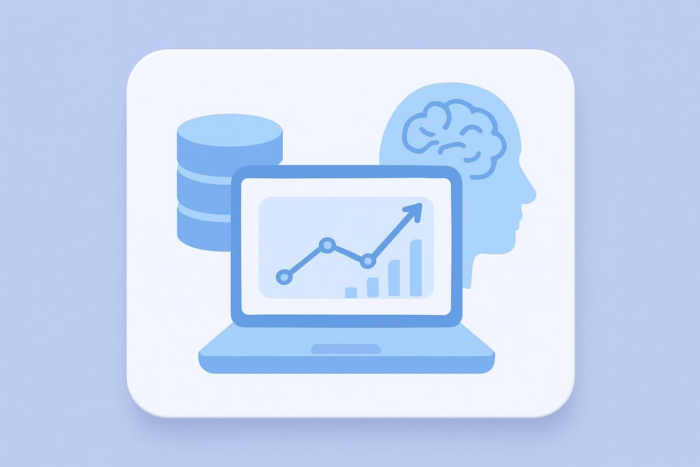

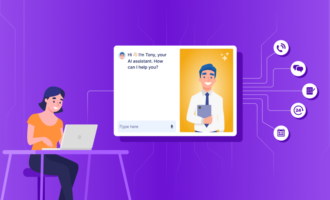
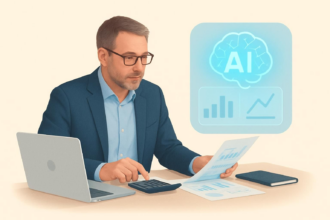
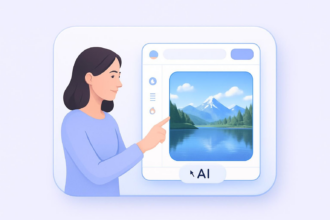
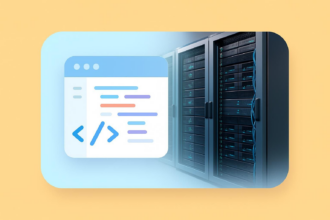

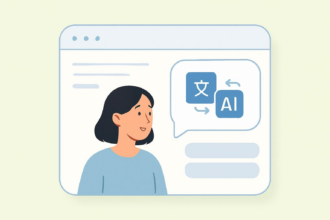

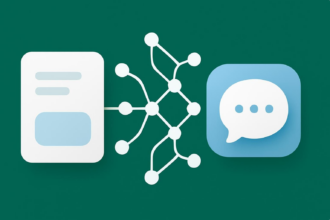


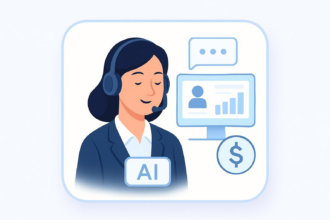
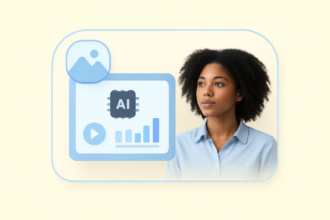
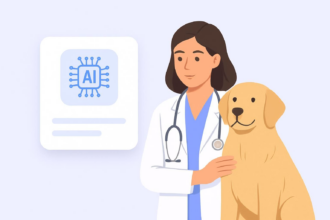





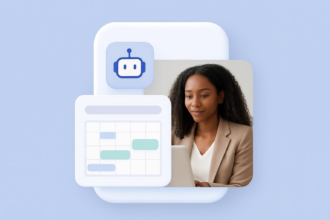

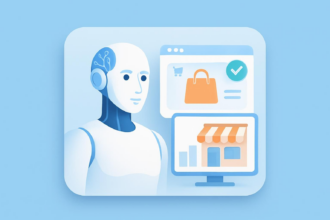




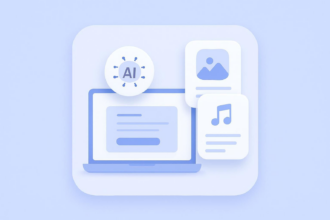

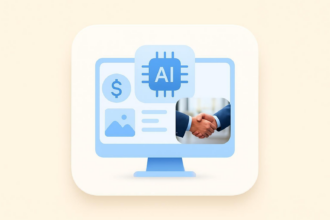


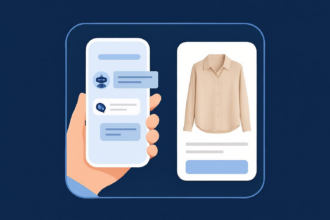
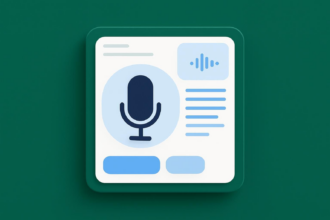
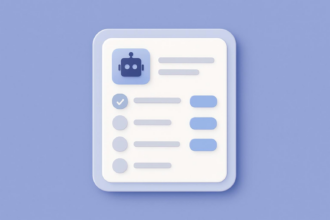



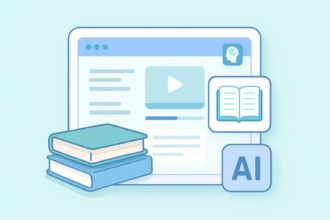






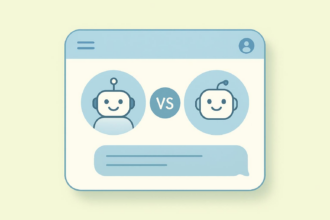

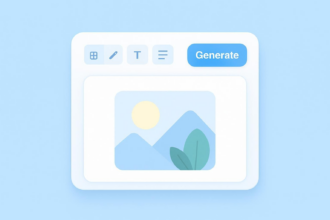







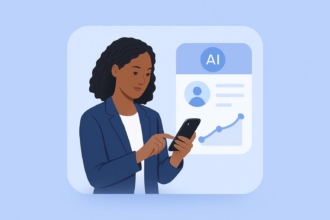

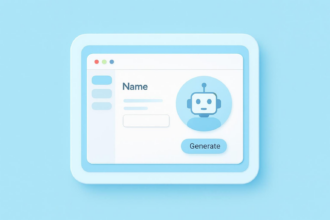

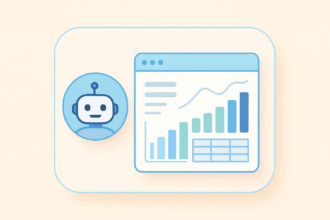


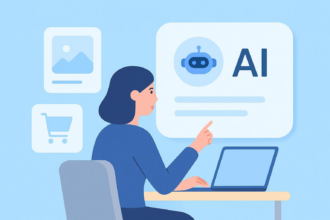


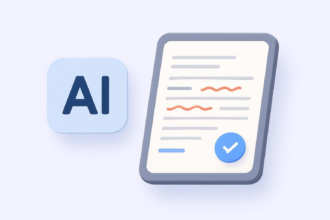
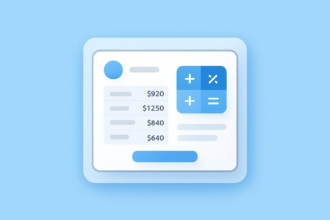



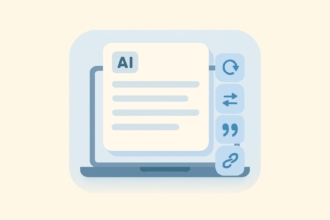

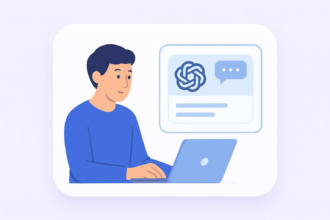

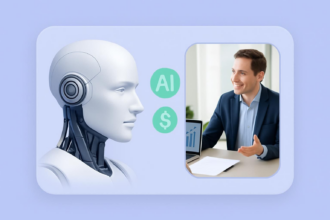





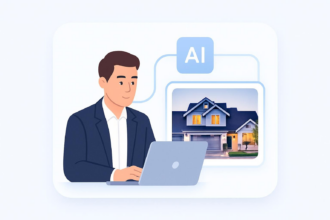




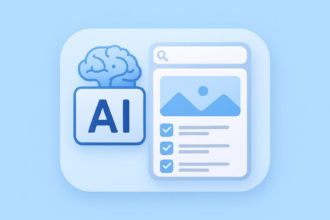









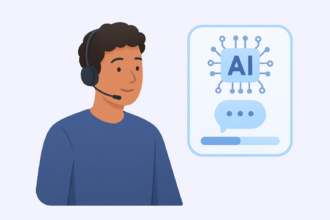

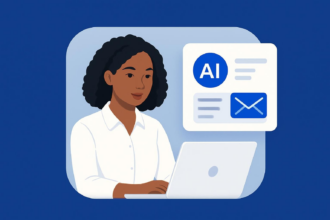




Send Comment: